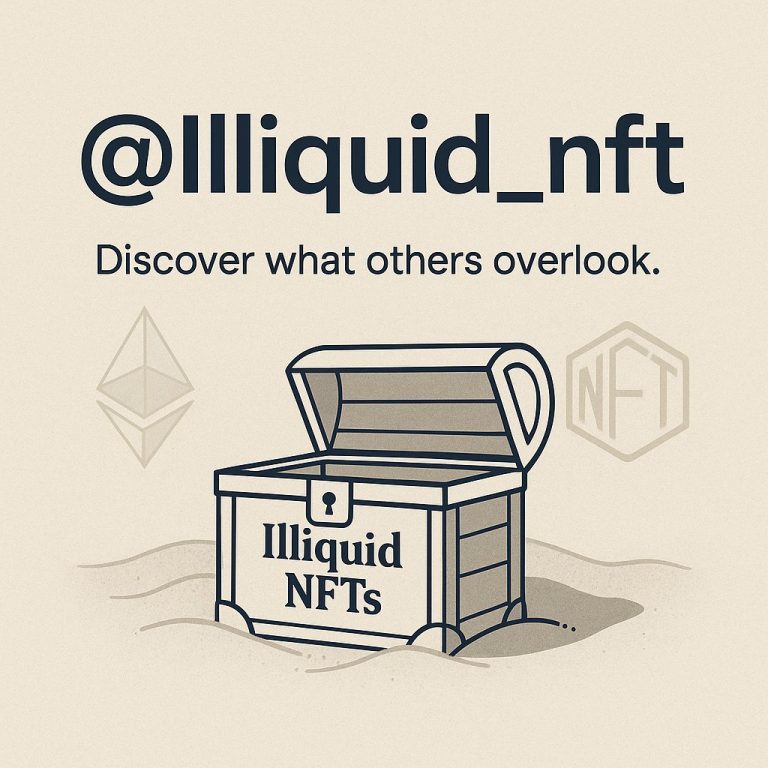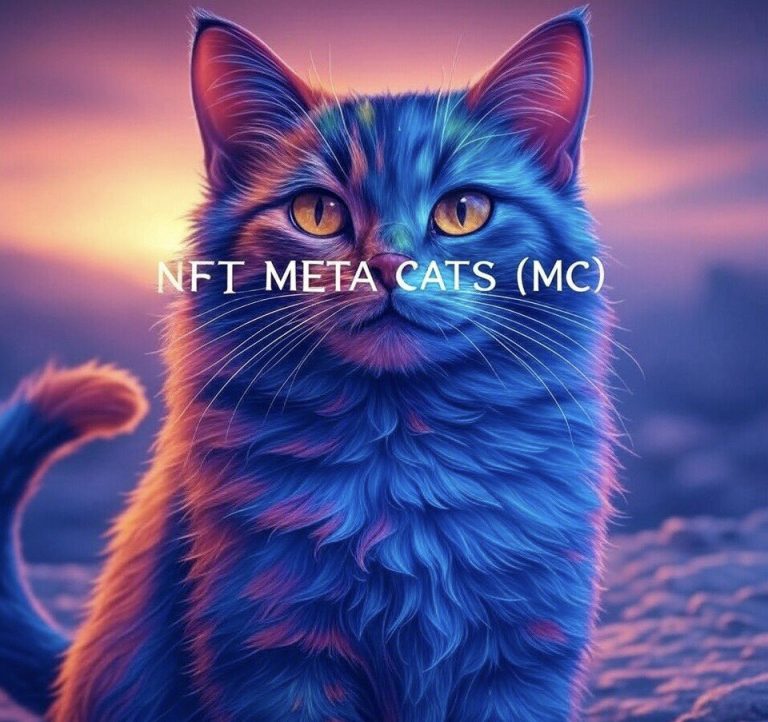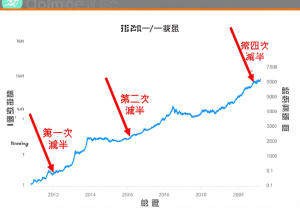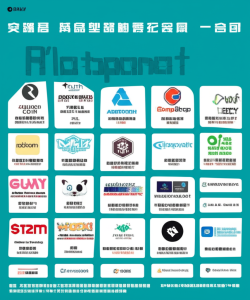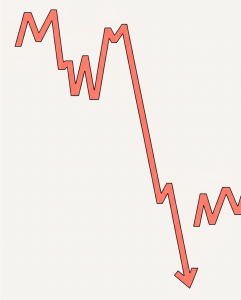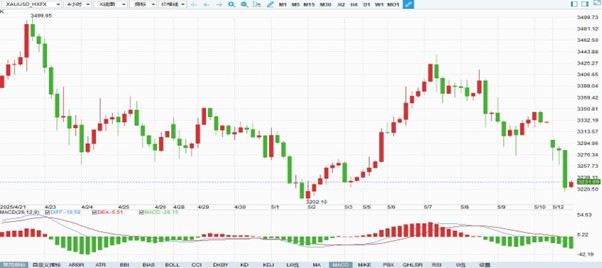
The Interconnected Web of Modern Finance
In the rapidly evolving world of finance, trends and analyses are no longer confined to traditional markets. The digital age has brought forth a plethora of new assets and trading strategies that intersect in fascinating ways. From the fluctuating prices of spot gold to the burgeoning world of NFTs, and from the intricacies of cryptocurrency trading to the geopolitical impacts on global trade, the financial landscape is more interconnected than ever. This report delves into these various facets, providing a comprehensive analysis of the current financial climate.
The Golden Touch: Spot Gold Market Analysis
Spot gold, a timeless investment, continues to be a barometer of economic health and risk sentiment. As of May 12, 2025, the spot gold market has seen significant fluctuations, reflecting the broader economic uncertainties and geopolitical tensions. Analysts at Rhinosmart have noted a downward trend, attributing it to various factors including shifts in global trade policies and the perceived stability of other investment avenues [1].
Gold has historically been a safe haven during times of economic turmoil. However, recent market behaviors suggest that investors are also looking at digital assets like Bitcoin and Ethereum as potential hedges against inflation and market volatility. The interplay between traditional safe-haven assets like gold and newer digital assets is a trend worth watching.
The Crypto Revolution: Bitcoin and Beyond
Cryptocurrencies have undeniably disrupted the financial landscape. Bitcoin, the pioneer, continues to lead the pack, but Ethereum and other altcoins are gaining traction. The omnichain capabilities of Ethereum, for instance, allow for seamless interaction between different blockchain networks, enhancing its utility and appeal [2].
DeFi (Decentralized Finance) platforms built on Ethereum are revolutionizing how we think about financial services. These platforms offer lending, borrowing, and trading services without the need for traditional intermediaries, making financial services more accessible and efficient. The rise of DeFi is not just a technological marvel but also a testament to the changing consumer preferences towards decentralized and transparent financial systems.
The NFT Phenomenon: More Than Just Digital Art
Non-Fungible Tokens (NFTs) have taken the world by storm, transcending the realm of digital art to encompass a wide array of assets. From virtual real estate to in-game items and even sports collectibles, NFTs are redefining ownership and value in the digital age. The Kaito Genesis NFT collection, for example, has seen a meteoric rise in value, with early investors reaping significant returns [3].
The analysis of NFTs goes beyond their market value. It involves understanding the underlying technology, the community dynamics, and the potential for future growth. For instance, the Doginal Dogs NFT collection has surpassed 90% of NFTs from the previous market cycle, indicating a shift in consumer preferences and market trends [4].
Geopolitical Shifts: The Impact on Global Trade
Geopolitical events have a profound impact on global trade and financial markets. The potential leak of Trump’s first tariff trade deal has sparked discussions about its implications for global trade policies. Tariff concessions and trade negotiations between major economies like the US, UK, and China are crucial in shaping the economic landscape [5].
Trade policies influence not just the flow of goods but also the movement of capital. Investors closely monitor these developments, as they can significantly impact market sentiment and investment strategies. The interconnected nature of global economies means that a shift in one region can have ripple effects worldwide.
The Future of Trading: Technical Analysis and Beyond
Technical analysis remains a cornerstone of trading strategies, but its application is evolving. While traditional technical analysis techniques are still relevant, the rise of algorithmic trading and machine learning is adding new dimensions to market analysis. For instance, transaction integrity and securing are becoming increasingly important as digital assets gain prominence [6].
Moreover, the use of real-time data and advanced analytics tools is enhancing the accuracy and efficiency of trading strategies. From monitoring wallet activity to detecting fake transactions, these tools provide traders with the insights they need to navigate the complex financial landscape [7].
Conclusion: Navigating the Financial Maze
The financial world is in a state of constant flux, driven by technological innovations, geopolitical shifts, and changing consumer behaviors. From the timeless allure of spot gold to the cutting-edge world of NFTs and DeFi, and from the intricacies of cryptocurrency trading to the broader geopolitical landscape, the interplay of these factors is reshaping the financial ecosystem.
As we move forward, it is crucial to stay informed and adaptable. The future of finance lies in understanding these interconnected trends and leveraging them to make informed decisions. Whether you are an investor, a trader, or a financial analyst, the key to success lies in staying ahead of the curve and embracing the changes that define our financial future.
References
[1]: Rhinosmart Twitter
[2]: Rhinosmart Twitter
[3]: wincy.eth Twitter
[4]: Wack Twitter
[5]: Rhinosmart Twitter
[6]: John_TheAnalyst Twitter
[7]: Emenike07131831 Twitter

